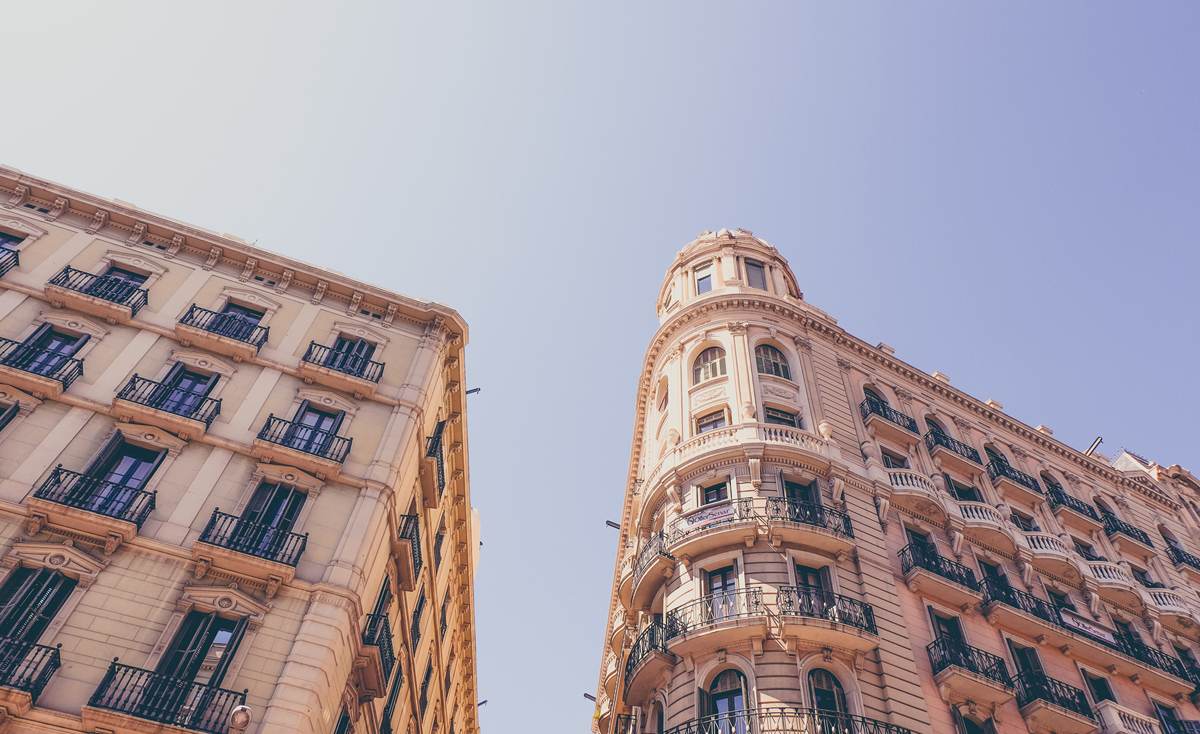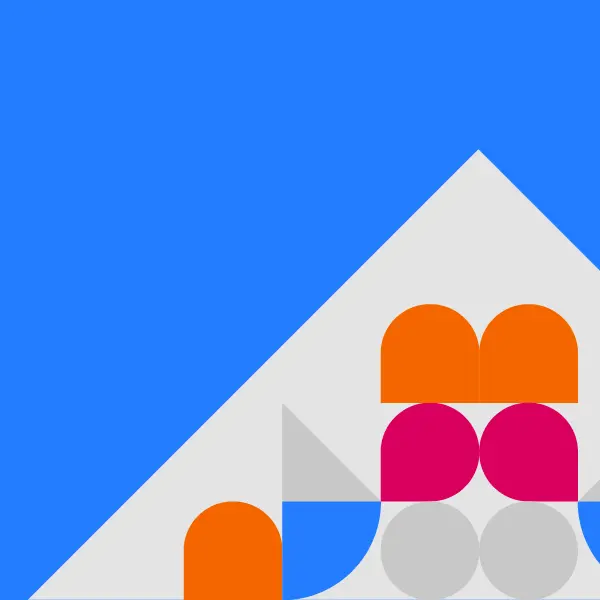
AI-generated summary
The Internet of Things (IoT) is increasingly applied in various building environments, including residential homes, offices, shopping centers, public buildings, data centers, and hospitals. In homes, IoT enhances energy efficiency, comfort, and security through smart appliances, lighting, climate control, security systems, air and water quality monitoring, and smart locks. Voice assistants, such as Amazon’s Alexa integrated with cloud IoT platforms like AWS IoT, are becoming the primary user interface for managing these applications. Homes incorporate numerous sensors—temperature, humidity, video, sound, and more—to support automation and remote control. Similarly, commercial buildings use IoT for parking management, electric vehicle charging, intelligent water systems, elevator and escalator control, security, energy management, and network administration.
Despite the rapid expansion of smart building technologies, challenges remain in terms of interoperability due to diverse protocols (Wi-Fi, Bluetooth, Zigbee, DALI, Modbus, Opentherm) and privacy concerns, especially vulnerabilities in voice assistants. The smart building market is projected to grow significantly, from $60.7 billion in 2019 to $105.8 billion by 2024, driven by IoT adoption and regulatory standards. North America leads the market, followed by Asia/Pacific and Europe. Notable examples like The Edge in Amsterdam showcase how intelligent space management and extensive sensor networks can optimize energy use, reduce costs, and improve occupant comfort. Public policies and regulations, such as the EU’s Nearly Zero Energy Buildings (nZEB) directive, further support IoT integration to enhance building energy efficiency worldwide.
In homes, the application of IoT can be found in appliances, lighting, security, energy inside buildings and air conditioning systems.
In homes, the application of IoT can be found in appliances, lighting, security, energy inside buildings and air conditioning systems.
We are talking about applying IoT in residential homes, offices, shopping centers, public buildings, and even sites with more special requirements such as data processing centers or hospitals. Energy efficiency being a clear growth engine of this type of solutions, it is not the only one. People – ranging from office building managers to homeowners – are increasingly interested in IoT solutions to optimize people’s comfort and safety, and in the possibilities they provide for remote access and operation of all devices, from HVAC systems to security cameras.
Some of the areas of Application of IoT in homes are: lighting control, climate control, gardening, smart appliances, security, air and water quality monitoring, smart switches, smart locks or smart energy meters.
And, lately, voice assistants based on natural language have come into play that, predictably, will end up being the user interface to handle the aforementioned applications.
The sensors that can exist in a smart home are:
– Temperature
sensors – Luminosity
sensors – Water
level sensors – Air
composition sensors – Video cameras for surveillance
– Voice/sound
sensors – Pressure
sensors – Humidity
sensors – Accelerometers
– Infrared
sensors – Vibration
sensors – Ultrasonic sensors
Cloud IoT platforms offer integrated solutions for home automation. An example is AWS IoT from Amazon that offers its IoT platform integrated with Alexa, its voice assistant.
Commercial buildings
Regarding commercial and office buildings, we find the same type of applications, to which we add the following: Parking management system and electric vehicle charging, intelligent water management system, elevator and escalator management system, security and emergency management, access control system, security system, energy management and network administration.
One of the main challenges facing this type of solution is the disparity of manufacturers and the lack of standards and interoperability. In fact, in addition to the amalgam of protocols in the IoT universe (such as Wi-Fi, Bluetooth, Zigbee, EnOcean, etc.), very specific protocols are used in the field of smart buildings, such as DALI or Modbus, for lighting control, Opentherm designed for heating and cooling applications or MBus for measurement.
The other, how to ensure privacy and intimacy (cases of vulnerability of voice assistants have had a lot of impact. The most recent case has been exposed by Security Research Labs (SRLabs), who discovered a vulnerability in Google and Amazon smart speakers.
According to an October 2019 report from MarketsandMarkets, the smart building market will grow from $60.7 billion in 2019 to $105.8 billion in 2024, at a compound annual growth rate (CAGR) of 11.7%. Major factors driving the smart building market include the increasing adoption of IoT and increasing industry standards and regulations.
North America is the global leader in the smart building and home market with 40% of the installed base. Asia/Pacific has about 35% and Europe less than 25%.
A very significant example of smart building is The Edge, in Amsterdam, which has become a global icon of Smart Building. Initially projected to have 100,000 m², thanks to intelligent solutions for space management it ended up being only 60,000 m², saving almost half of the initial space and reducing construction costs significantly. It has more than 28,000 sensors and actuators to manage energy and data flow. The company Deloitte, which is the main tenant, takes advantage of the building by collecting a large amount of data that serves not only to optimize the space, improve the comfort conditions of employees and save costs, but also to propose to third parties cutting-edge IoT solutions.
The engine of IoT solutions in buildings is energy efficiency. In this sense, public policies and regulation also focus on energy efficiency.
At the national level, some countries have created legislation to take steps towards a smart building environment, encouraging the optimization of air conditioning systems, the use of renewable energy, support for energy storage in buildings themselves or the deployment of smart meters. At the European level, the Energy Performance of Buildings Directive (2010/31/EC) indicated for the implementation in 2020 of the so-called buildings with almost zero energy consumption, called nZEB (Nearly Zero Energy Buildings).
In Spain, a large part of the European directives on energy efficiency are developed in regulations at national and regional level. Certifications, grants and public subsidies around energy efficiency support IoT solutions in buildings and homes

